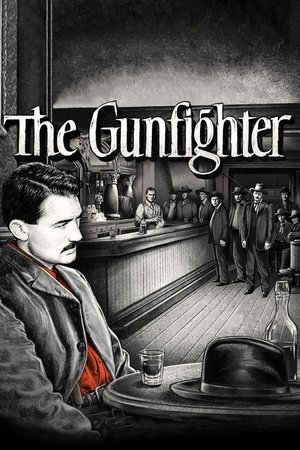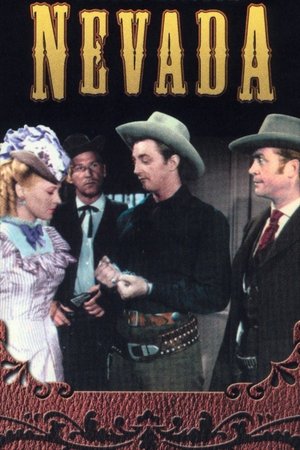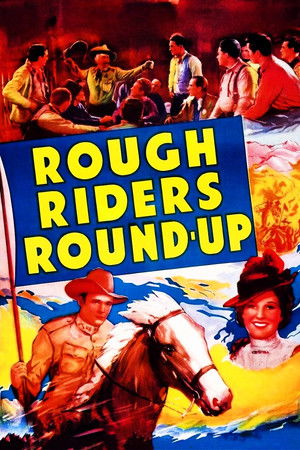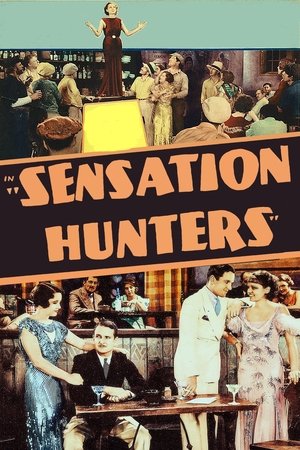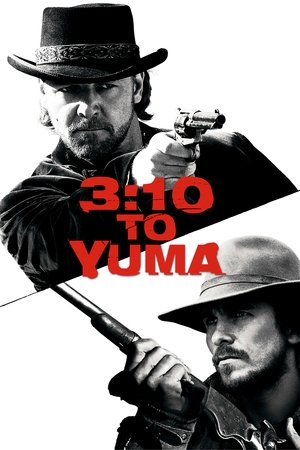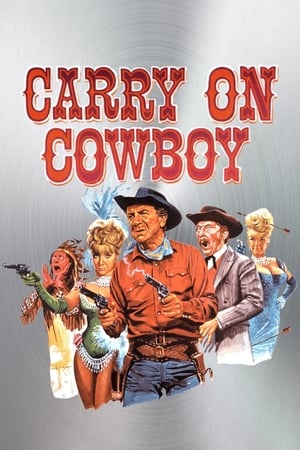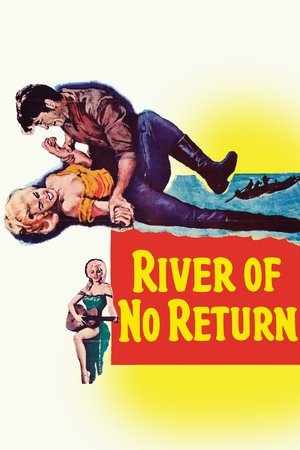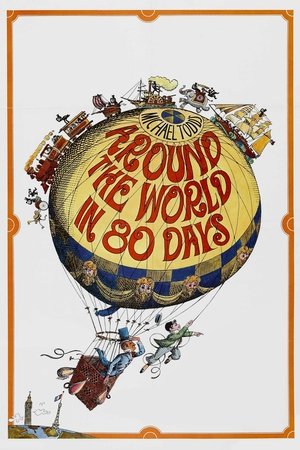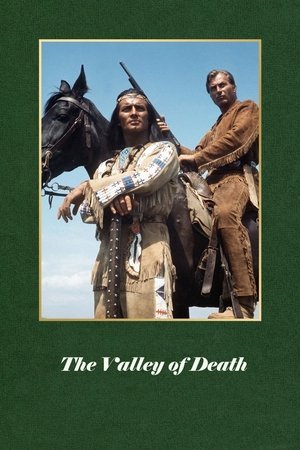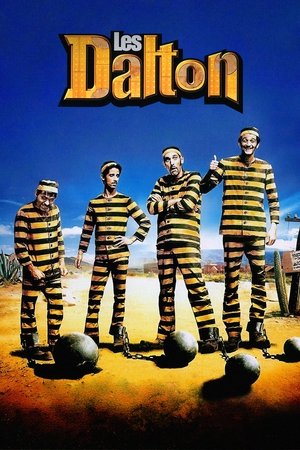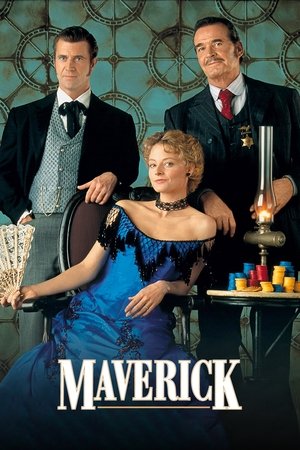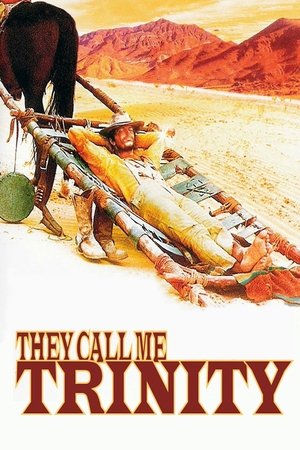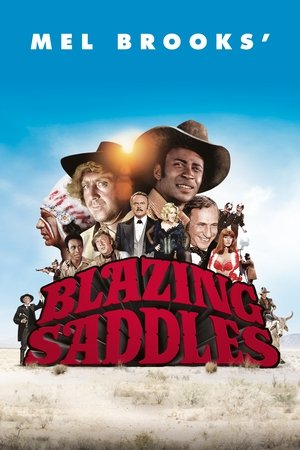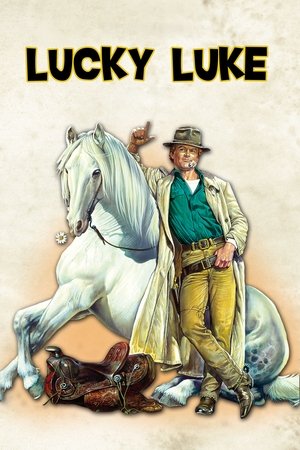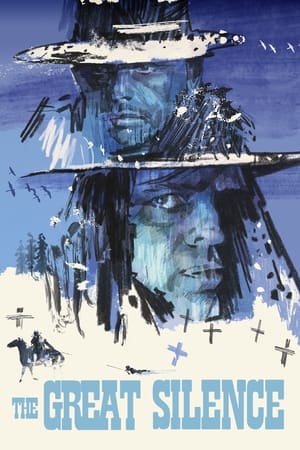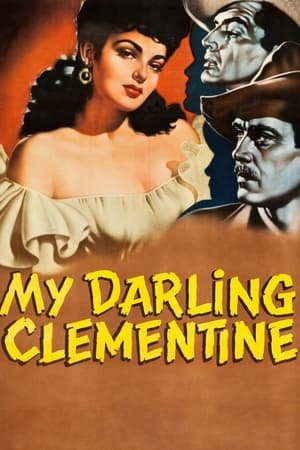Overview
On the outskirts of town, the hard-nosed Vienna owns a saloon frequented by the undesirables of the region, including Dancin' Kid and his gang. Another patron of Vienna's establishment is Johnny Guitar, a former gunslinger and her lover. When a heist is pulled in town that results in a man's death, Emma Small, Vienna's rival, rallies the townsfolk to take revenge on Vienna's saloon – even without proof of her wrongdoing.
Reviews
You're nothing but a railroad tramp who's not fit to live amongst decent people.
Johnny Guitar is out of Republic Pictures and is directed by Nicholas Ray. It's written by Phillip Yordan, who adapts from a novel written by Roy Chanslor, and it stars Joan Crawford, Sterling Hayden, Mercedes McCambridge, Ward Bond, Ernest Borgnine & Scott Brady. Victor Young scores the music, with the theme tune sung by Peggy Lee, and Harry Stradling Senior photographs in Trucolor.
On the outskirts of an Arizona cattle town is a saloon run by the strong willed Vienna (Crawford). It's not a busy place, and the users of it tend to be more of the rough kind, notably The Dancing Kid (Brady) and his gang. At the request of Vienna, her former lover Johnny Guitar (Hayden) arrives for his employment as the musical entertainment. But he walks into a war, a war between Vienna and the townsfolk led by the vicious and vindictive Emma Small (McCambridge).
Johnny Guitar has been called many things. From the deep thinkers who like to call it a feminist statement, an anti McCarthyism allegory and a piece smouldering with sexual repressions and yearnings - to the detractors calling it rubbish, campy and acted so badly that it actually smells of bacon cooking in the kitchen. What is immediately evident about it is that once viewed it's unlikely to be forgotten - which ever side of the fence you sit.
It was a troubled production that saw both Hayden & McCambridge declare a dislike for Crawford, with Crawford reciprocating the dislike for McCambridge by insisting that her character of Vienna be given more meat from which to further dominate the film. Fans of the film will forever be grateful for Crawford's jealousy, for she got her way, this was after all a vehicle for her, if she had walked, as was threatened, it would have died a death. The shift in emphasis, with the subversion of gender roles, is what makes Johnny Guitar the most intriguing and unusual film that it is.
Upon release in America the film was very coolly received, but out in Europe, notably France, the New Wave directors were very impressed and the film has gained a cult status over the years. So much so that nowadays it gets name checked by such luminaries like Martin Scorsese - who eagerly provides an introduction on the home format releases for it. What is it that the fans see that makes it such a favourite?. Moving away from the fabulous narrative, where two women are the main characters in a perceived mans world, where the psychoanalytic drama seeps from every frame, it's a technical hotpot as Ray moulds his twisted sexual dynamics together.
Trucolor has never looked this nice before, nor ever been so apt, it's almost surreal, certainly lurid, and it neatly brings to the fore the baroque like sets. While the Sedona photography by Stradling, particularly the red and browns of the landscape, is quite simply beautiful. Cover it all with a hauntingly evocative score from Young and it's one of Republic's most pleasing Western productions.
The cast came in for some grief from the critics, with the main charge being of them hamming it up. Not so say I, well certainly not to the detriment of the feverish story. Crawford acquits herself well, black eyes, blood red lips and masculine jaw, Crawford nails the task of butch land owner aching for love from within. As her nemesis, McCambridge steals the movie, Crawford was right to feel jealous, such is the intensity that McCambridge puts into Emma. A vicious psychotic harpy, who is sexually frustrated, so witness the orgasmic glee she shows during one particularly vengeful scene. It's a brilliant and frightening performance.
Hayden does what he does best, slinks around and plays it almost close to parody, but never once does he come close to being disparaging, his charisma is massive and he acts it like a coiled spring that's waiting to unfurl. While Bond (puritanical), Brady (edgy) and Borgnine (feral), the three B's, are very efficient in important supporting roles. Special mention also for John Carradine, who plays a background character that, thanks to the prolific actor, manages to get noticed and pangs the heart during the finale. A fine cast that plays it right in this cobweb of Freudian splinters.
Save for some tacky back screen work and the odd incredulous character choice - it's observed that Vienna's white dress will draw attraction to them on the lam then she selects a bright pinky red shirt! - this is near genius. To my mind it's one of the true greats of the Western genre, so count me in as a paid up member for the cult of Johnny Guitar. 9/10
_**A cult 50’s Western that’s colorful, melodramatic, surreal and mesmerizing**_
The railroad is coming soon to a town in northern Arizona where a tough saloon owner (Joan Crawford) faces off with a power-mad cattle baron (Mercedes McCambridge) over the Dancin’ Kid (Scott Brady) and more. Into this mix Johnny Guitar (Sterling Hayden) rides into town, a former love of the saloon proprietor. Who will be left standing when the ashes settle?
“Johnny Guitar” (1954) is melodramatic to the point of being surreal, not to mention implausible, but it's colorful, passionate, original and spellbinding. It's a Tarantino Western 40 years before Tarantino movies existed. The director, Nicholas Ray, also did “Rebel Without a Cause” (1955) so imagine that kind of overwrought 50’s melodrama translated to a Western, albeit in glorious color.
Despite the title, Crawford’s Vienna is the undoubted protagonist counterbalanced by McCambridge’s fiendishly neurotic antagonist, who might bring to mind the Wicked Witch of the West.
Interesting quirky bits are thrown in that enhance the picture, like the A-framed saloon built into the side of a cliff; Vienna’s piano recital in a bridal dress; and Old Tom (John Carradine) reading a book while on guard duty. Then there’s the mystery of why no one in the area would be aware of the secret passageway behind the waterfall that leads to the “hideout” curiously located on top of a rock mount plain for all to see.
I shouldn’t fail to mention Ernest Borgnine as a gang member of questionable character.
The film runs 1 hour, 50 minutes, and was shot in the Sedona region of north-central Arizona, including Oak Creek Canyon, with studio stuff done at Republic Studios in North Hollywood.
GRADE: A-

 110 min
110 min
 7.417
7.417
 1954
1954
 USA
USA
 John Chard wrote:
John Chard wrote: